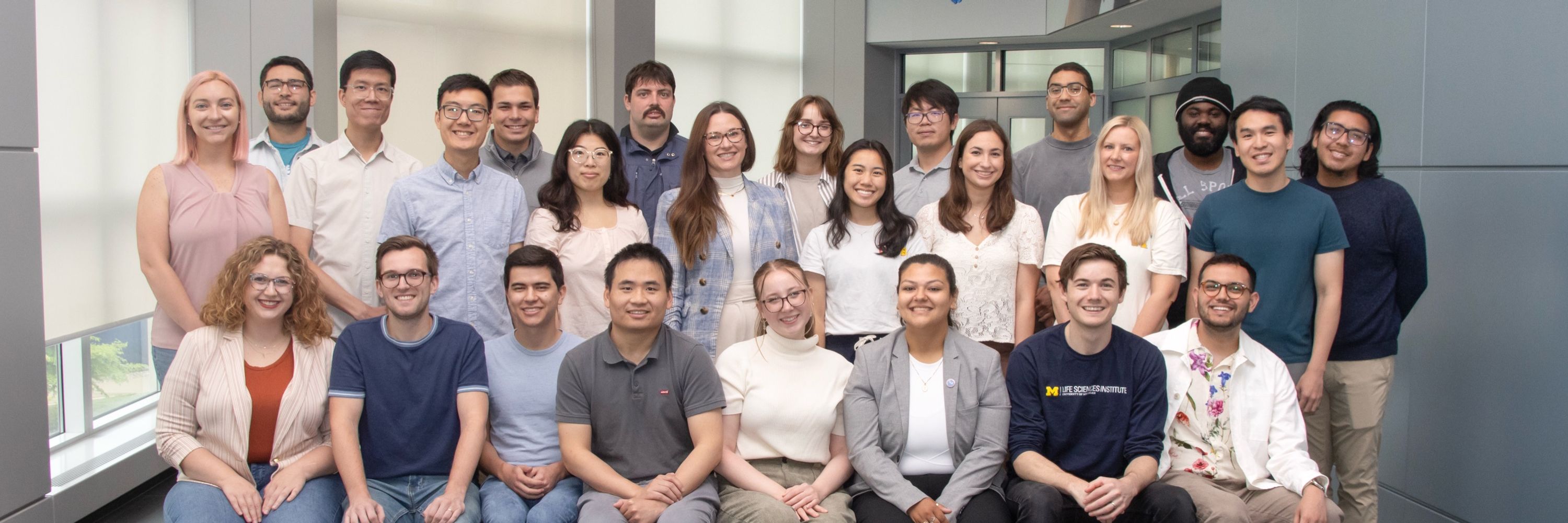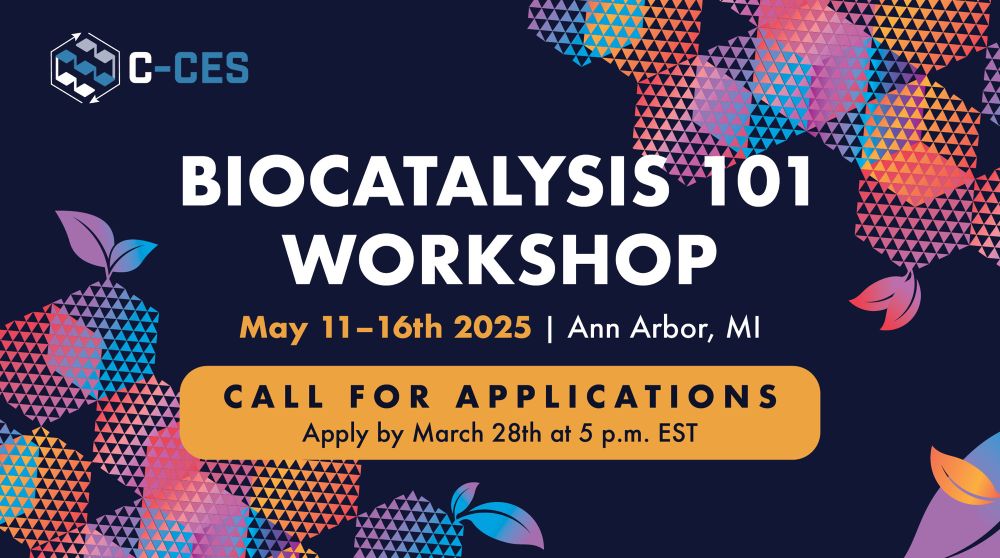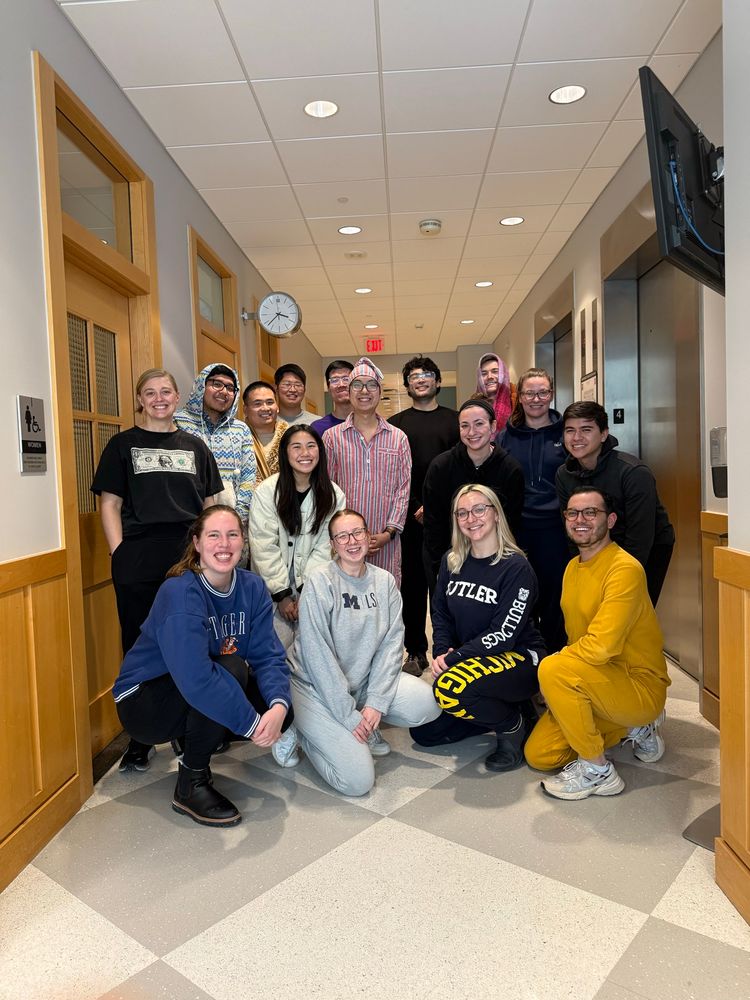

@gabegomes.bsky.social @alisonnarayan.bsky.social @aepaton.bsky.social
https://news.umich.edu/catnip-for-chemists-new-data-driven-tool-broadens-access-to-greener-chemistry/

https://news.umich.edu/catnip-for-chemists-new-data-driven-tool-broadens-access-to-greener-chemistry/
#GoBlue #Biocats @joserhm.bsky.social



#GoBlue #Biocats @joserhm.bsky.social
doi.org/10.1021/acs....

doi.org/10.1021/acs....
doi.org/10.1021/acsc...

doi.org/10.1021/acsc...
@gabegomes.bsky.social @alisonnarayan.bsky.social @aepaton.bsky.social

@gabegomes.bsky.social @alisonnarayan.bsky.social @aepaton.bsky.social
pubs.acs.org/doi/10.1021/...

pubs.acs.org/doi/10.1021/...

Read more: myumi.ch/dgp2Z
@narayanlab.bsky.social
@alisonnarayan.bsky.social

Read more: myumi.ch/dgp2Z
@narayanlab.bsky.social
@alisonnarayan.bsky.social



#Sweet16 #Biocats #GoBlue



#Sweet16 #Biocats #GoBlue


#Biocat #GoBlue @annamapp.bsky.social @alisonnarayan.bsky.social @umlifesciences.bsky.social




#Biocat #GoBlue @annamapp.bsky.social @alisonnarayan.bsky.social @umlifesciences.bsky.social
cen.acs.org/acs-news/acs...

cen.acs.org/acs-news/acs...
#Biocat #GoBlue

#Biocat #GoBlue




Tomorrow is our last day of spirit week! Stay tuned for our new Narayan lab merch …


Tomorrow is our last day of spirit week! Stay tuned for our new Narayan lab merch …
See you tomorrow for favorite musician Thursday!

See you tomorrow for favorite musician Thursday!
Wig Wednesday is up next …

Wig Wednesday is up next …


#Biocat #GoBlue



#Biocat #GoBlue




